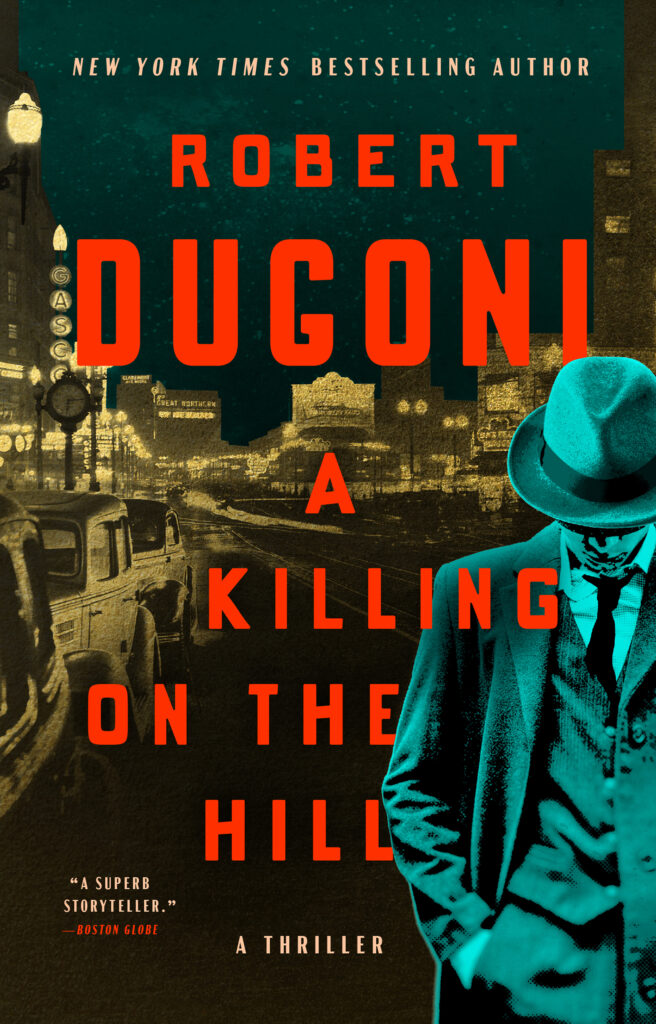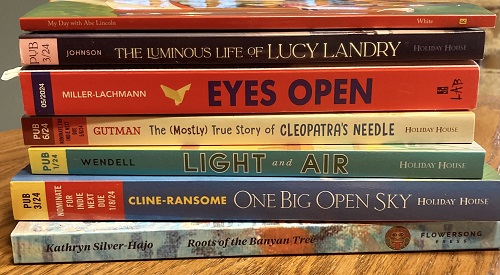The Final Crossing: A Tale of Self-Discovery and Adventure
The Final Crossing is, in essence, a coming-of-age tale of Nenshi, a young Egyptian. Bought, aged eight, from a slave merchant, Nenshi is brought up by an architect, Tehuti, as a son, enjoying an excellent education and a lavish lifestyle. Nenshi falls in love with a girl above his station, and a series of coincidences result in him being banished to work in Nubian gold mines, from where he escapes and ultimately finds love and religious fulfilment.
The author cleverly mixes biblical characters and places into those encountered by Nenshi. Visiting Damascus and Jerusalem, his journey brings him into contact with Abramu, a monotheistic tribal leader, who helps Nenshi settle his inner turmoil about religion and god(s).
As a story, Nenshi’s journey has much merit. However, having chosen to set the novel at a specific point in time, sadly, the world the author creates bears no relation to the Egypt of Pharaoh Amenemhat III. Had the author set his novel in a non-specific, fantasy period (like Wilbur Smith does), some of the many anachronisms could be forgiven.
Highlighting a few: 12th Dynasty Egypt had no lawyers to present cases; no ‘lesser viziers’ to hear trials; inns and markets as described did not exist; ‘coins’ were first introduced to Egypt by the Greeks about 1000 years later. Buildings were made of mud bricks (with the exception of pyramids, temples etc.,) so Hordekef’s accident couldn’t have happened as described. Pictures were not hung on temple walls—the walls were decorated with relief paintings and hieroglyphics. Neither Arab nor peasant drank tea or coffee, not for another 2000 years. A priest (or priestess) would have been consulted about dream interpretation, not a ‘witch.’
A few minor changes and more attention to historical detail would vastly improve this well-written, easy to read novel.










